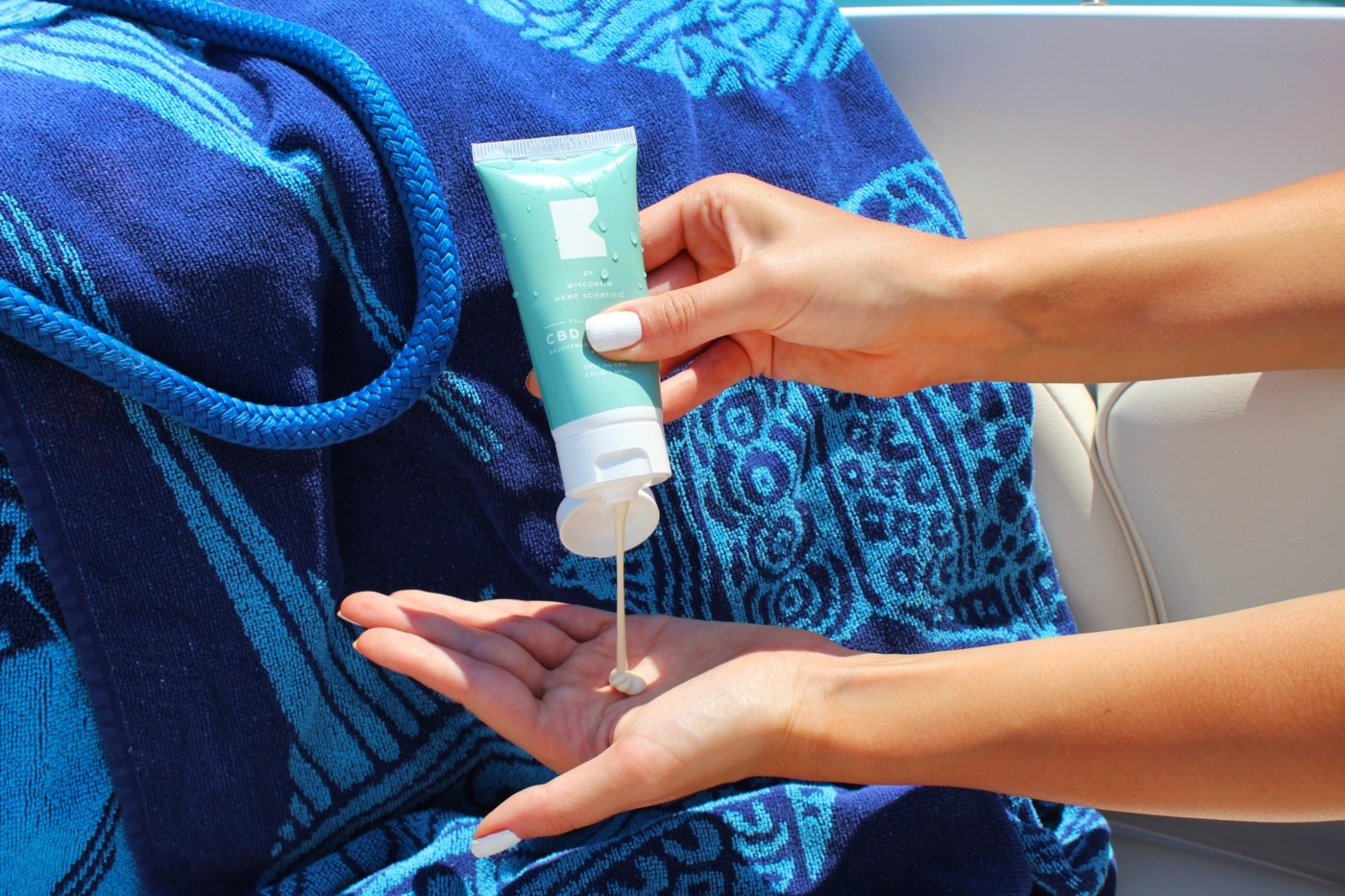How does sunscreen work?
Despite me writing this in the pouring rain, it is now summer, and we’ve seen a lot of lovely weather. It’s very tempting to get out and enjoy the sun, but it’s important to make sure you’re protected too – go and buy some sunscreen. As a porphyria sufferer, I’m acutely aware of some of the dangers of sunlight – but what are they? How does sunscreen actually work to protect us, and what kind should we use?
Sunlight is composed of packets of energy called photons. It’s the ultraviolet (UV) light photons, which have a shorter wavelength than visible light, which can cause skin damage. When we think about this light, we break it down into two categories – UVA (in the wavelength range 320-400 nanometres) and UVB (wavelength range 280-320). There is also a third wavelength of radiation, UVC, but it’s not able to penetrate our atmosphere and is therefore not a danger to our skin.
Our skin contains molecules which are perfectly structured to absorb the energy of UVA and UVB photons, putting them into an energetically excited state and causing them to undergo chemical reactions. In our skin, this leads to biological consequences, one of which is tanning – we tan due to the production of extra melanin pigment induced by UVA rays. UVA penetrates deeper into the skin than UVB, destroying a structural protein called collagen – as it degrades, our skin loses its elasticity and smoothness, leading to wrinkles. UVB, meanwhile, is what causes sunburn.
DNA itself can also absorb both UVA and UVB rays, causing mutations which, if unrepaired, can lead to non-melanoma or melanoma skin cancers. Other skin molecules pass absorbed UV energy on to reactive oxygen species and free radicals, and the resulting oxidative stress can overload the skin’s built-in antioxidant network, causing cellular damage. Photodamage accumulates over the course of a lifetime from repeated exposure, and regardless of how much melanin we have in our skin, we can develop UV-induced skin cancers.
The best way to protect yourself is to prevent overexposure to UV radiation, and that’s where sunscreen comes in. Sunscreen employs UV filters, which are molecules specifically designed to help reduce the amount of UV rays that reach through the skin’s surface. A film forms a protective barrier, and either absorbs or reflects UV photons before they can be absorbed by our DNA and other molecules. They can be classified as both organic (chemical) and inorganic (physical), and many types of sunscreen combine the two compounds to provide a broad spectrum of protection.
The best way to protect yourself is to prevent overexposure to UV radiation, and that’s where sunscreen comes in
In the UK, many sunscreen brands feature both a sun protection factor (SPF) number and a five-star rating. SPF refers to how much longer it takes for UVB rays to redden the skin with sunscreen, compared to without, and it’s recommended to find a brand with at least a 15 rating. SPF 15 blocks about 93% of UVB rays, and that rises to 98% at SPF 50. Sunscreens labelled broad-spectrum block against both UVA and UVB, but there’s currently no standard listing for UVA-blocking power. A star rating, meanwhile, refers to the percentage of UVA absorbed as a ratio of how much UVB is absorbed – the optimal sunscreen is a high SPF and high star solution.
Once you’ve bought your sunscreen, how should you use it? You should apply it to your body 15 to 30 minutes before going outside, and reapply it every two hours no matter the SPF level. It should also be reapplied after swimming, towelling off, or sweating. It’s also advisable to apply sunscreen even on cloudy or cool days, regardless of the season – sand, water, and snow can all reflect sunlight, and the effects of the UV radiation can occur whether or not you feel a burn.
As always, when the weather is nice, it’s important to take steps to protect yourself and your body. Go out and enjoy the lovely sun, but make sure to take this advice to heart – it’ll pay off in the long run, I promise.

Comments